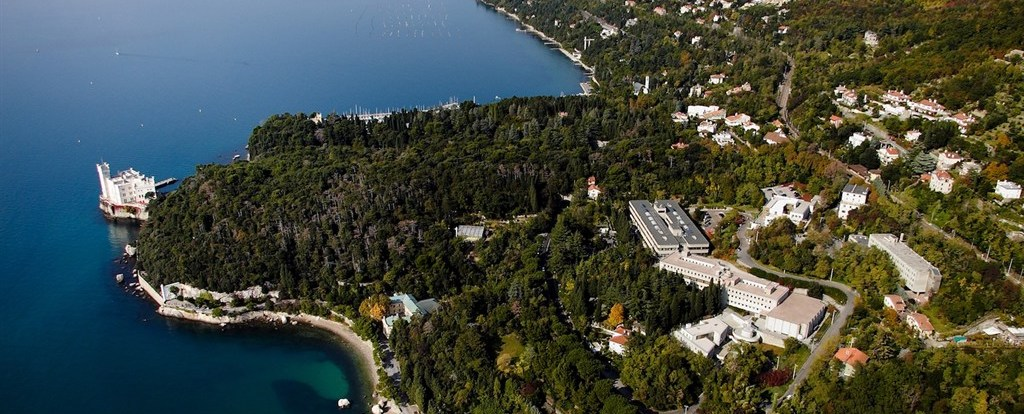Speaker
Description
The Epoch of Reionization (EoR) neutral Hydrogen (H I) 21-cm signal evolves significantly along the line-of-sight (LoS) due to the light-cone (LC) effect. It is important to accurately incorporate this in simulations in order to correctly interpret the signal. 21-cm LC simulations are typically produced by stitching together slices from a finite number (𝑁) of “reionization snapshot”, each corresponding to a different stage of reionization. In this work, we have quantified the errors in the 21-cm LC simulation due to the finite value of 𝑁. We show that this can introduce large discontinuities (> 200%) at the stitching boundaries when 𝑁 is small (= 2, 4) and the mean neutral fraction jumps by 𝛿 ̄𝑥_HI = 0.2, 0.1 respectively at the stitching boundaries. This drops to 17% for 𝑁 = 13 where 𝛿 ̄𝑥_HI = 0.02. We present and also validate a method for mitigating this error by increasing 𝑁 without a proportional increase in the computational costs which are mainly incurred in generating the dark matter and halo density fields. Our method generates these fields only at a few redshifts, and interpolates them to generate reionization snapshots at closely spaced redshifts. We use this to generate 21-cm LC simulations with 𝑁 = 26, 51, 101 and 201, and show that the errors go down inversely with 𝑁.

